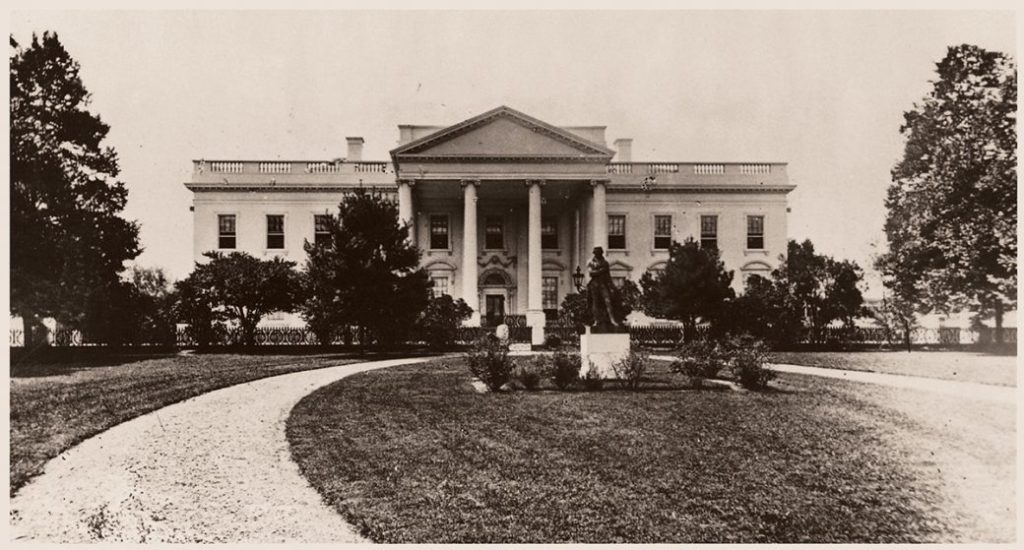
The Civil War drama unfolded on a political front at the White House in Washington, D.C., where Lincoln ran the war. This walking tour in the White House neighborhood showcases sights related to life at the White House as Lincoln experienced it. Just don’t go knocking on the White House door without an invitation!
See Walking Tour map below.
1. Winder Building
600 17th Street, NW
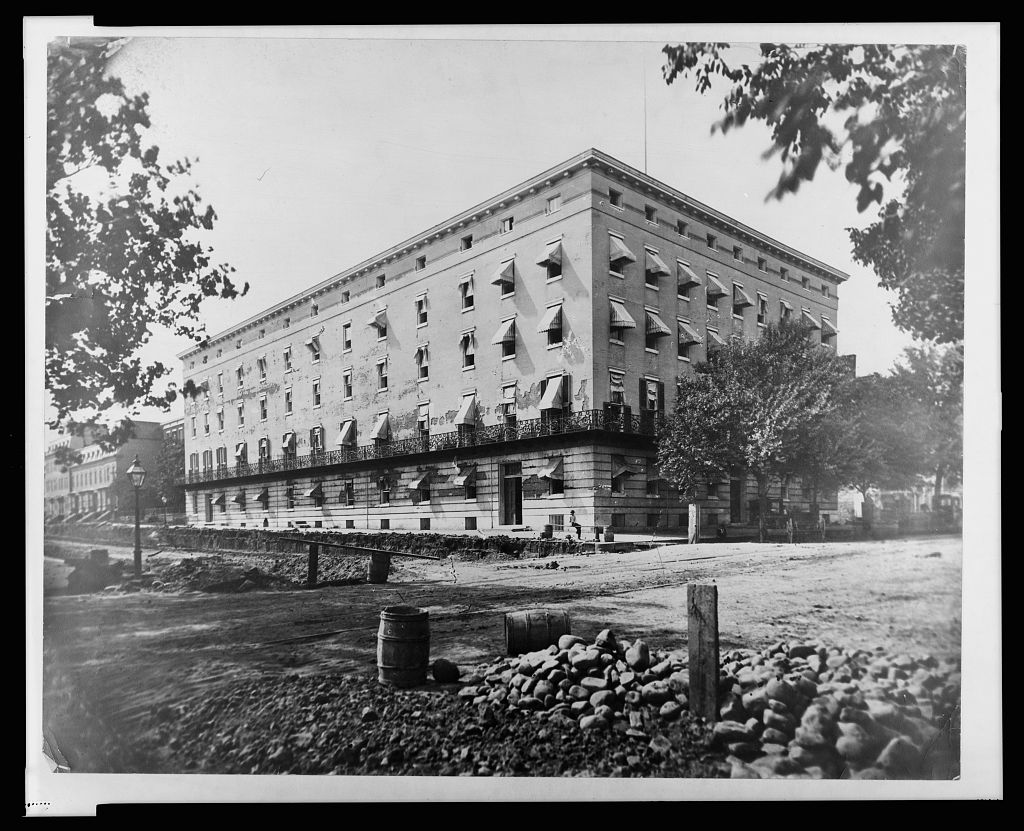
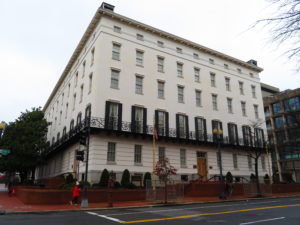
Start on 17th Street, between F and G Streets, NW. This five-story-tall Italianate-Renaissance-style structure, built in 1848 as a government office building, was designed by Robert Mills. After renting it for an annual fee of $21,875, the secretary of war—Jefferson Davis, future president of the Confederacy—purchased the building outright in 1854. It was from here that the Quartermaster General’s Department led the effort to supply goods to the Union Army. Also from here, Judge Advocate Gen. Joseph Holt organized the search for President Abraham Lincoln’s assassins. A signal station on the roof, constructed in 1865, allowed signaling with flags to encampments around Washington. It has housed the Office of the U.S. Trade Representative since 1981.
2. Blair House
1651 Pennsylvania Ave., NW
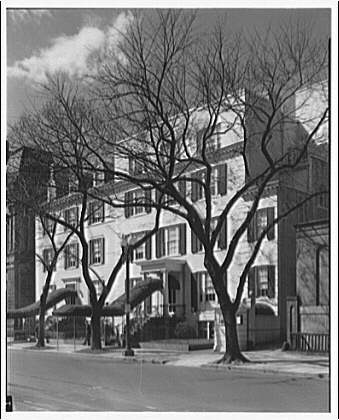
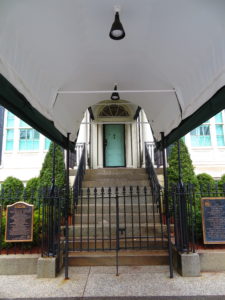
Backtrack to Blair House, across the street from the White House. This private residence is where monarchs, heads of state, and president-elects have spent the night in glitzy comfort since becoming the president’s guesthouse during World War II (after, so the story goes, Eleanor Roosevelt ran into Winston Churchill wandering the White House hallways in search of FDR). Blair House is actually four interconnected historic houses, the first of which was built in 1824 by Dr. Joseph Lovell, the nation’s first surgeon general. It was here that Robert E. Lee turned down Lincoln’s request via Francis Preston Blair to command the Union Army; and where in 1850 Gen. William Tecumseh Sherman married the daughter of Thomas Ewing, the Washington senator who had adopted him and who was living in Blair House at the time.
3. White House
1600 Pennsylvania Ave., NW
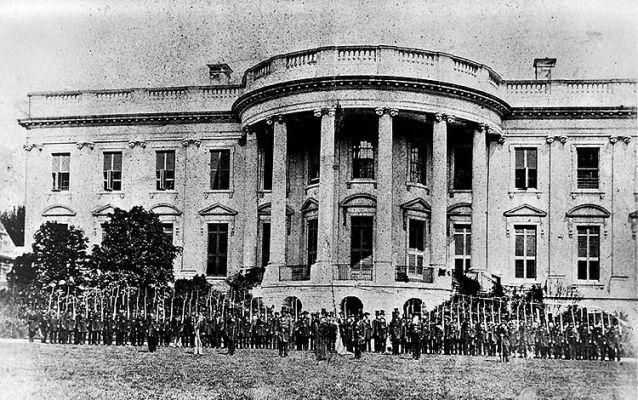
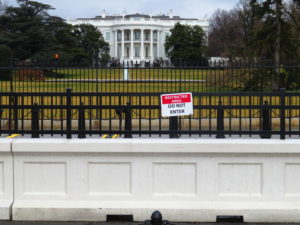
Turn around to view the White House, across the street from Blair House. Back then, White House security was lax. Its open-door policy meant that visitors could enter at random, while the President could be seen leaving any time he wished to visit colleagues in the surrounding neighborhood. Soldiers’ tents would have dotted the grounds. In a speech on the lawn here in 1864 in which Lincoln greeted war-beaten soldiers, he thanked the men and reminded them that the nation remained an “inestimable jewel” worth fighting for, one that would guarantee “equal privileges” for “our children’s children.” He declared: “I happen temporarily to occupy this big White House. I am a living witness that any one of your children may look to come here as my father’s child has.”
4. Rathbone House
712 Jackson Place
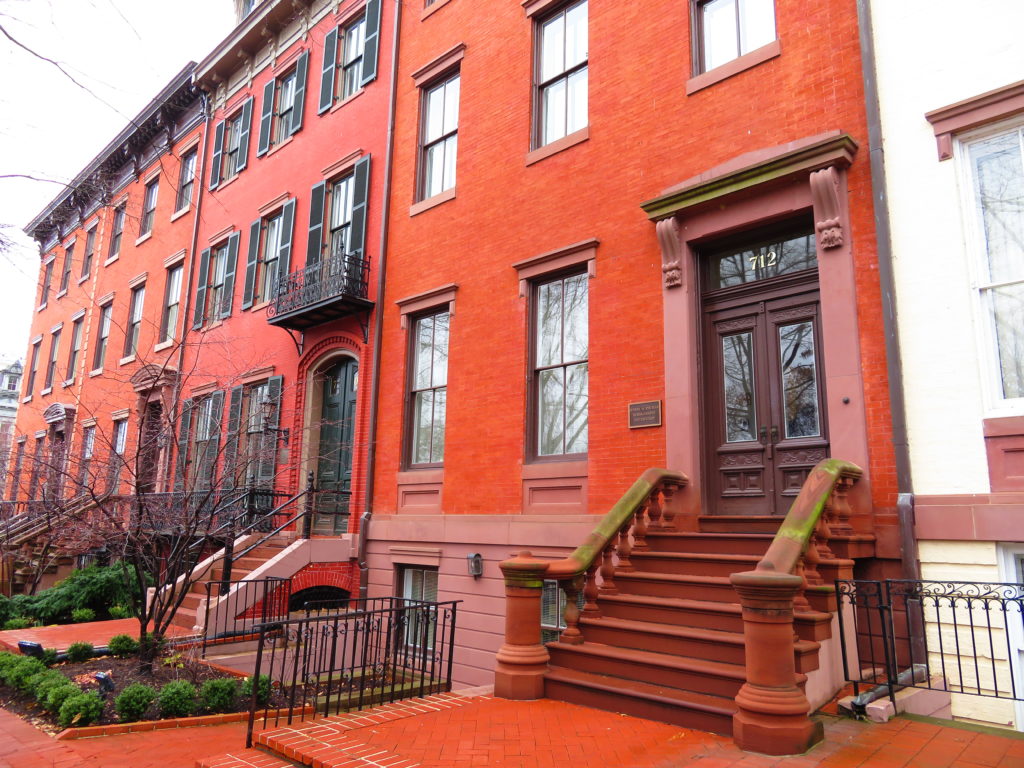
Walk up the left side of Jackson Square. Col. Henry Rathbone lived in this house on Lafayette Square, built in 1865 for Admiral James Blair. Rathbone was sitting in Lincoln’s theater box the night of the assassination. When Booth shot Lincoln, the colonel tried to protect him and was stabbed in the process. Today the building is home to the White House Fellows program and the Harry S. Truman Scholarship Foundation.
5. Decatur House
748 Jackson Place
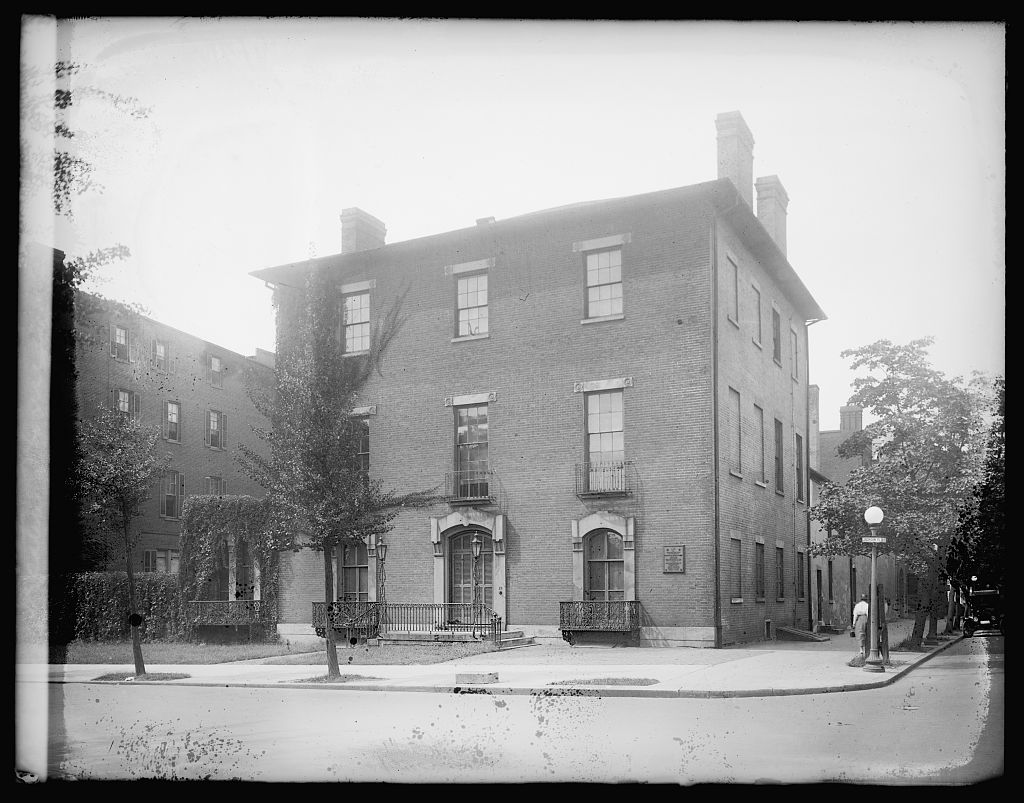
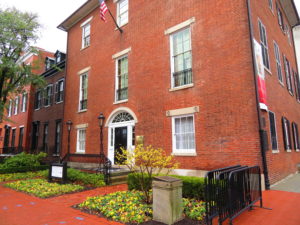
Continue up Jackson Place to the corner of H Street. Designed by Benjamin Henry Labtrobe, the country’s first professional architect, this beautiful federal house on the northwest corner of Jackson Square (then called President’s Park) was built in 1818 for naval hero Commodore Stephen Decatur. At the time, Decatur was one of the capital’s most famous figures, and the house became the center of lavish social festivities. Alas, Decatur didn’t have much chance to live here, since he died here after a duel in 1820. The quarters of enslaved people are still attached to the rear of the building. During the Civil War, the federal government took control, using it as the headquarters for the Army Subsistence Department, responsible for provisioning the Union army’s ration packs. Today the house is owned by the National Trust for Historic Preservation and used as a museum by the White House Historical Association. Across the street is St. John’s Episcopal Church, also designed by Latrobe, where nearly every president, including Lincoln, have worshiped.
6. Dolley Madison House
Corner of H Street and Madison Place, NW
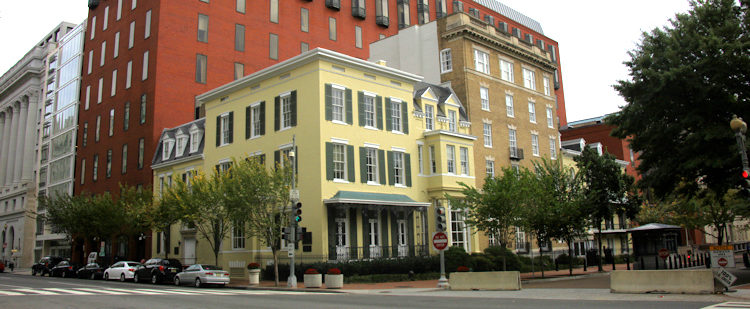
Walk across the top of the square to the corner of H Street and Madison Place. Dolley Madison lived in this house built in 1820 by Richard Cutts, a Massachusetts congressman who married Dolley’s sister Anna. During the Civil War, Maj. Gen. George McClellan, commander in chief of the U.S. Army, occupied the house as his headquarters, where he met with Lincoln to discuss strategy. The story goes that McClellan was rather nonchalant about his meetings with the president. Julia Taft Bayne, whose brothers played with Willie and Tad Lincoln, remembers once when McClellan came home and was told that the president was waiting for him in the parlor. McClellan instead went upstairs to take a nap. The president waited a little longer, then finally collected his boys to go home.
7. 717 Madison Place
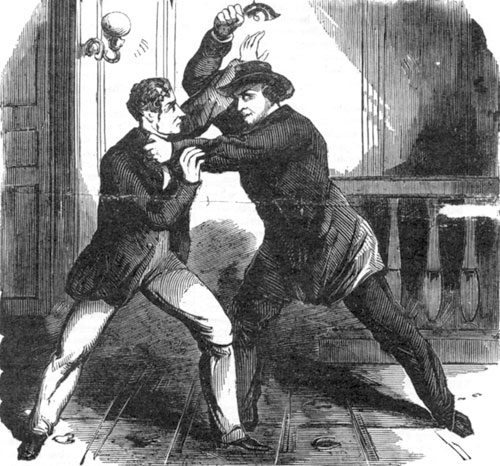
Continue down Madison Place to what’s now the Howard T. Market National Courts Building. Secretary of State William Seward used a house on this site similar to the Decatur House as his headquarters. During the Civil War, he was one of Lincoln’s most trusted advisers, who had persuaded European powers to remain neutral. On the same night that Lincoln was attacked at Ford’s Theatre, Seward was confined in bed at his home after suffering injuries in a carriage accident. At about 10 PM that night, an intruder gained entry. It was Lewis Powell, who as part of the Lincoln assassination plot was charged with killing Seward. He managed to stab Seward, going straight for the jugular—who survived thanks to the metal brace he was wearing from the carriage accident.
8. Willard Hotel
1401 Pennsylvania Avenue, NW
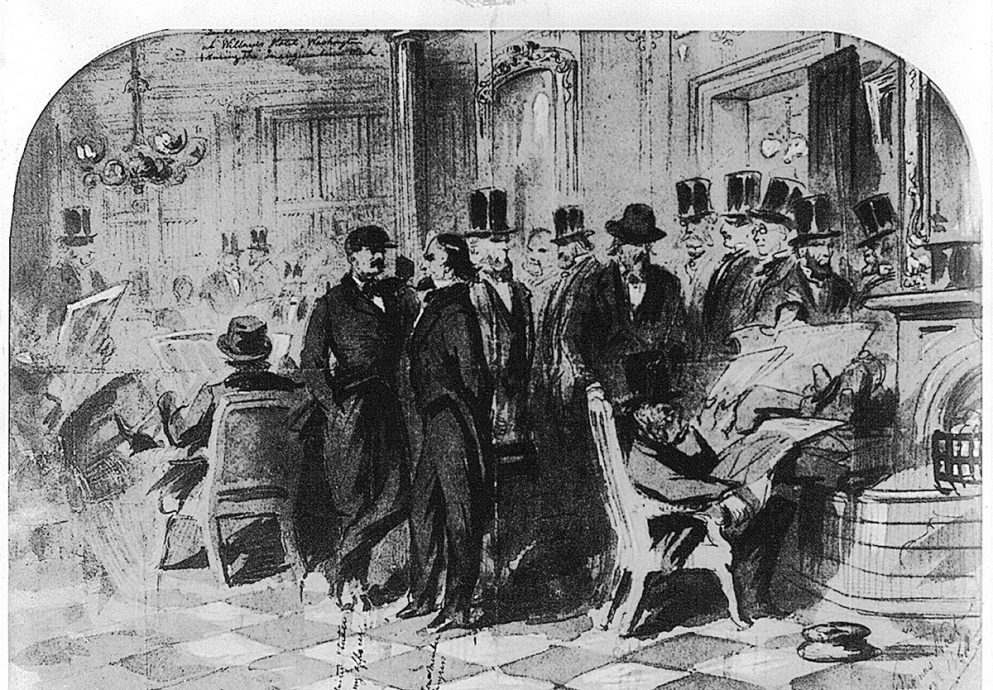
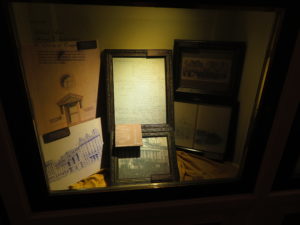
Proceed to Pennsylvania Avenue and walk left; turn right on 15th Street for two blocks, then turn left onto Pennsylvania Avenue. Nathaniel Hawthorne commented in the 1862 that “Willard’s Hotel could more justly be called the center of Washington and the Union than either the Capitol or the White House or the State Department.” Indeed, this grandiose hotel, established in 1816 (but rebuilt in 1901), became the center of political Washington. It started off in 1861 with the inauguration of Abraham Lincoln, and his stay here for ten days before taking office. During the Civil War, Lincoln’s secretaries John Nicolay and John Hay would come here for their “daily bread” (and the latest gossip). Here, too, soldiers refreshed themselves at the fountain in the inner courtyard and were provided meals. Julia Ward Howe wrote the stirring lyrics to the “Battle Hymn of the Republic” here in 1861. There’s a small historical display in the hallway inside the northeast entrance, including a copy of Lincoln’s $773.75 hotel bill.
9. National Theatre
1321 Pennsylvania Ave., NW
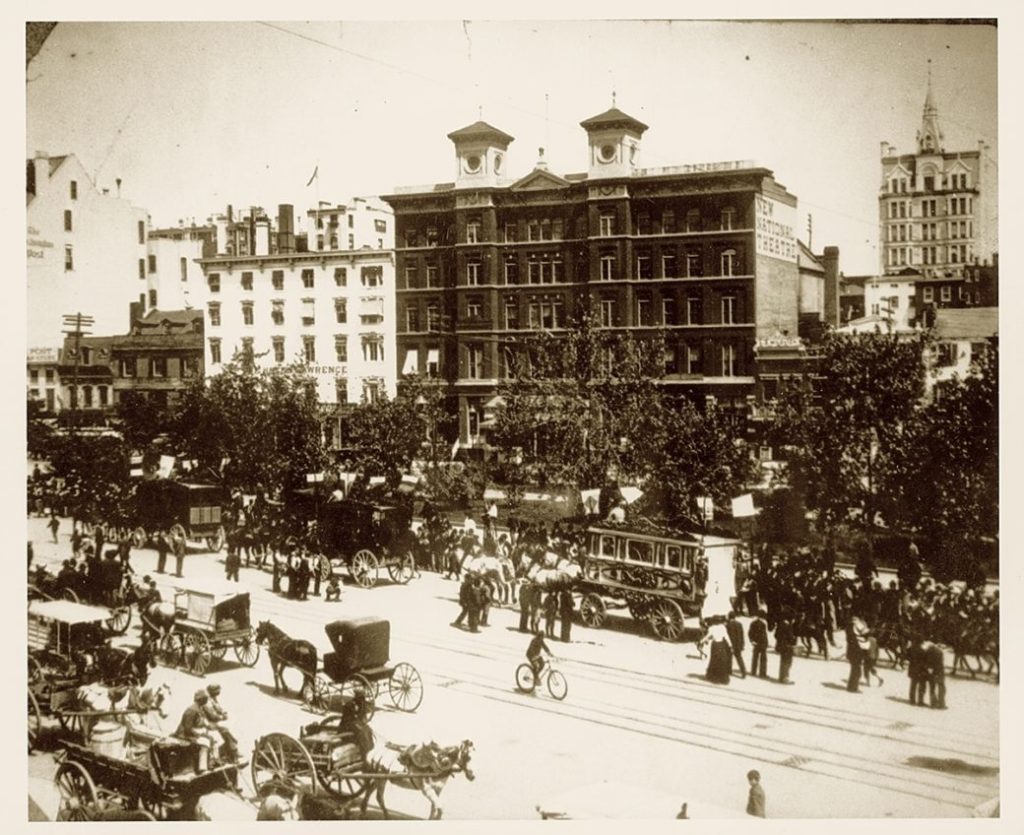
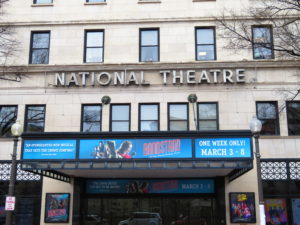
Continuing east on Pennsylvania Avenue, cross 14th Street. John Wilkes Booth expected Lincoln to be at this theater (then called Grover’s New Theatre) on the evening of April 14, but the president decided instead to go to Ford’s Theatre to see the latest performance of Laura Keene in Our American Cousin. But Lincoln’s son Tad was here, attending a performance of Aladdin; or, The Wonderful Lamp. Corporal James Tanner, a wounded Union veteran, described the arrival of the news: “While sitting there witnessing the play about ten o’clock or rather a little after, the entrance door was thrown open and a man exclaimed, “President Lincoln is assassinated in his private box at Ford’s!’ Instantly all was excitement and a terrible rush commended and someone cried out, ‘Sit down, it is a ruse of pickpockets.’ The audience generally agreed to this, for the most part of them sat down, and the play went on; soon, however, a gentleman came out from behind the scenes and informed as that the sad news was too true. We instantly dispersed.” Poor Tad heard all this and was quickly escorted, distraught, to the White House.
